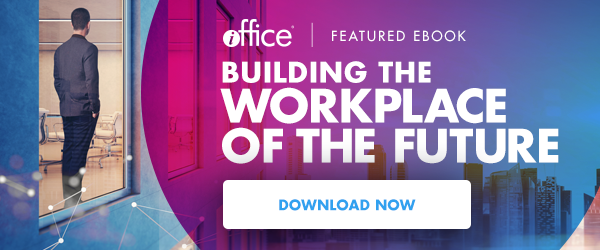3 Reasons Your Employees Can’t Achieve The Coveted ‘Flow State’


Watching an expert skier when they’re “in the zone” is a thing of beauty.
Every decision they make seems to be the right one as they move almost effortlessly towards their goal.
When a skier executes a flawless run in record time, it’s because they have the right conditions, the right equipment and the right coaching.
This is also what an employee needs to achieve the working world’s equivalent of being in the zone: the flow state. Just as the absence of these elements impacts the skier’s performance, an employee’s productivity will be hindered by a subpar workplace, inadequate technology and inefficient management.
Here are three ways you may be keeping employees from achieving a flow state.
What Is Flow State?
Flow state is a state of mind that happens when employees are so focused on the task at hand that they barely notice the time passing.
This optimal state happens during deep work, or distraction-free concentration.
Research by Cal Newport shows deep work contributes to greater creativity and better outcomes. In a world that’s increasingly distracted, the ability to focus intensely on one task is increasingly being viewed as a competitive advantage. It can also contribute to greater employee satisfaction.
Related: How to Encourage Deep Work In a Distracted Environment
What Hinders Flow State
Everyone wants to achieve the coveted flow state, but there are plenty of obstacles that can get in the way. Here are three of the biggest ones.
1. Poor Workplace Design
Your office design is one of the biggest factors that affects whether or not employees can reach a flow state.
A well-intentioned but misguided employer may assume all employees will work best in a quiet office where everyone has a dedicated workspace.
That may be true for the introverts, but the extroverts at your organization (whose brains are wired to be more engaged when around other people) actually need a more stimulating environment to be productive.
If you want each of your employees to have ample opportunity to reach a flow state, regardless of their work style, consider adopting a more agile environment—such as activity-based working. You might also want to consider a remote work policy that allows employees to work at home at least part of the time, which can minimize distractions.
2. Clunky Workplace Technology
It’s just not feasible for an employee to enter a flow state if they’re dealing with a slow, outdated computer, a spotty internet connection or software that isn’t user-friendly.
Employers must ensure that the workplace technology they provide is not only up to date but also built with the user experience in mind. Investing in powerful software with robust functionality is only a good idea if the interface supports employee productivity and efficiency. Workplace technology should be a tool employees appreciate having, not one they dread having to use.
3. Lack of Employee Autonomy
Micromanaging an employee is a surefire way to guarantee they’ll never be able to reach a flow state. Requiring an employee to consistently give minor progress updates means the employee will be unable to fully immerse herself in the project. She will always be waiting for the next tap on the shoulder from her supervisor and will be more concerned about hitting milestones than producing quality work.
Instead of acting like a helicopter boss, ensure your employees have the right environment and the right tools, then give them the freedom they need to enter a flow state. This isn’t to say you should check out, of course. Make sure you’re available to offer assistance and feedback on a cadence that best supports both the employee’s autonomy and ability to achieve a flow state as well as the success of the project.
Your employees can’t reach a flow state when they are uncomfortable, physically or emotionally. When an employee is uncomfortable, she focuses more on alleviating the discomfort quickly than doing her best work. If you commit to providing an agile work environment, as well as technologies and policies that give employees more freedom to choose where, how and when they work, you’ll be rewarded with a happier and more productive workforce.
